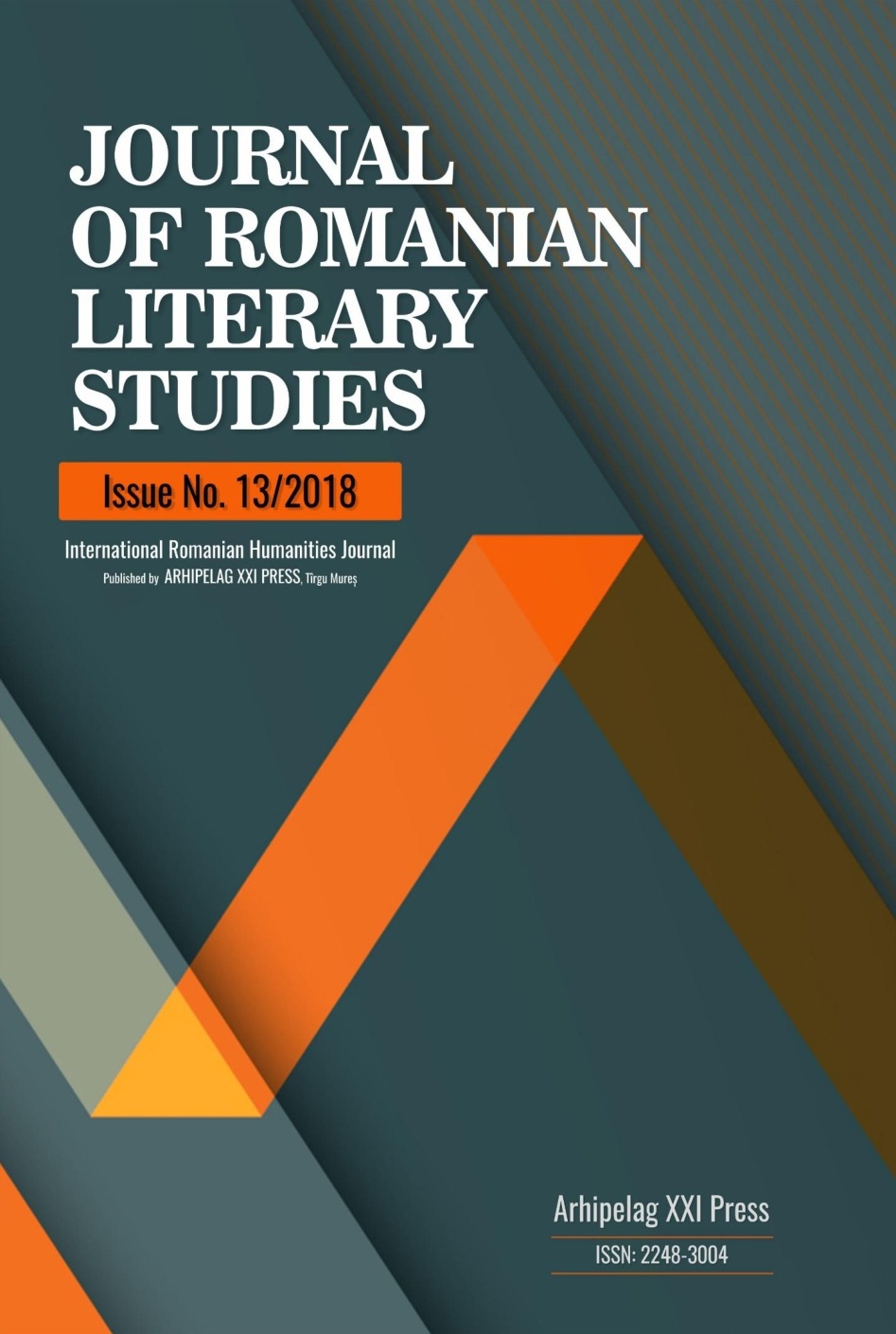CAN AN ARTISTIC STYLE SUDDENLY END AND ITS PLACE BE IMMEDIATELY TAKEN BY ANOTHER? GOTHIC AND CLASSIC IN ITALY IN THE FIRST HALF OF XV CENTURY
CAN AN ARTISTIC STYLE SUDDENLY END AND ITS PLACE BE IMMEDIATELY TAKEN BY ANOTHER? GOTHIC AND CLASSIC IN ITALY IN THE FIRST HALF OF XV CENTURY
Author(s): Cristiana PuniSubject(s): Christian Theology and Religion, Middle Ages, 16th Century, Sociology of Art
Published by: Editura Arhipelag XXI
Keywords: Gothic; Classic; Middle Age Art; Italy; International Gothic;
Summary/Abstract: In its essence, the art of the European Middle Ages was predominantly dominated by Christian themes, artists opting for the symbolic side of artistic representation as compared to reality as it was perceived. On the other hand, however, as the iconographic themes have diversified, the artists began to look more interested in playing the surrounding world in a more truthful manner, while giving up the mystical side of the works. It is not possible to draw a categorical boundary between the two styles, because traces of realism and even the perspective we find in Trecento, indeed, in a more lenient way, this demonstrates that not the fifteenth century artists have first shown interest in these working methods in a realistic manner of works. The Gothic and Classical, two styles that blended in the fifteenth century, the first continued to exist, and the second began its life, being defined only in the 16th century. We chose these two styles for study because they were the most exploited throughout the history of art, many artistic movements took from the stylistic elements of the two or went on the opposite side, denying them. The two remain the most influential styles in art history.
Journal: Journal of Romanian Literary Studies
- Issue Year: 2018
- Issue No: 13
- Page Range: 632-638
- Page Count: 7
- Language: Romanian

